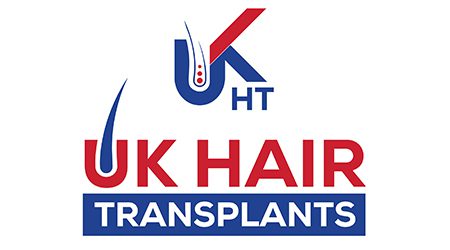Hair transplant surgery is an effective solution for individuals experiencing hair loss but the right hair transplant aftercare is vital for best results. The entire process from selecting the right clinic to the surgery and hair transplant aftercare can be daunting. With the right information and understanding, navigating these stages can become more manageable especially with our booklet.
This article offers essential tips for post-operative care, common side effects, and important precautions to take after your hair transplant. While this guide provides general advice, it’s crucial to follow the specific post-operative instructions given by your doctor for your unique situation.
Potential Side Effects
After any surgery, it’s common to experience some side effects during the recovery period. While there’s usually no need for concern, it’s always a good idea to consult your doctor if you have any worries about your post-operative condition. Common side effects following a hair transplant may include swelling, scabbing, redness in both the transplanted and donor areas, pimples, numbness or discomfort at the donor site, and itchiness in the recipient area. Our hair transplant aftercare booklet provides vital guidance for your recovery.
Some pain in the donor area as well as on the implanted area can develop as a side effect within the first 24 hours post surgery. Some patients may also develop swelling of the forehead and eyes due to using local anaesthesia during the surgery. After a few days, it will subside and disappear. It is advised to cool down the area with cool packs to ease swelling. You can put the cool packs on the forehead and eye, but not on the transplanted site. It is advantageous to hold the head straight and not bend it forward. Another good point is to drink water.
Scabs usually form in a 2-3 days after the surgery and will come off unaided in around 7-10 days if our guidance for washing your hair is followed . Some hair may detach together with scabs; it is normal as the roots weaken during the procedure, and the hair may fall out. But the root stays and will later produce new hair.
Itching may often accompany the healing process. It is recommended and highly important not to scratch the donor and recipient area otherwise this may affect the final results of the hair transplant.
You may feel numbness in the recipient area or donor area, which can continue from several weeks to several months. It will gradually subside without intervention.
How and when to wash your hair
Our Hair Transplant Aftercare
Hair Transplant Growth Timeline
We believe about 1-2 months post-surgery, your hair will look similar to how it did before the procedure, as the scabs will have fallen off and the skin will be healing. Following this, the follicles enter a resting phase, which is completely normal. During this time, any hair from the follicles may shed, and you won’t see new growth for a while. The donor area will also be healing steadily as the new hair begins to grow.
Around three months after the procedure, the follicles will reactivate, and new hair will start to emerge. At this stage, about 5% of your new hair may become visible. While it might not be very noticeable, it marks the beginning of hair growth. In the following months, approximately 20-25% of the new hair will appear. Most of the new hair growth occurs between 6 and 12 months after the treatment. Full results can take up to 12 months, and in some cases, may extend to 18 months. The timeline varies for each individual, so some may experience faster or slower growth. Initially, this new hair may be thinner and have a slightly different texture, but it can be styled with your existing hair. Over time, the quality of the transplanted hair will improve; it will become thicker and darker, and the texture will better match that of your natural hair. Many people begin to appreciate the results during this stage.
Depending on the recipient area, hair growth and maturation may take more or less time. This timeline serves as a general guideline to provide an overview of what to expect.
During this whole process you should book regular hair transplant aftercare hair checks with us to ensure your growth is as planned.
Shock loss post surgery
Summary
s
FAQ
Some FAQs


